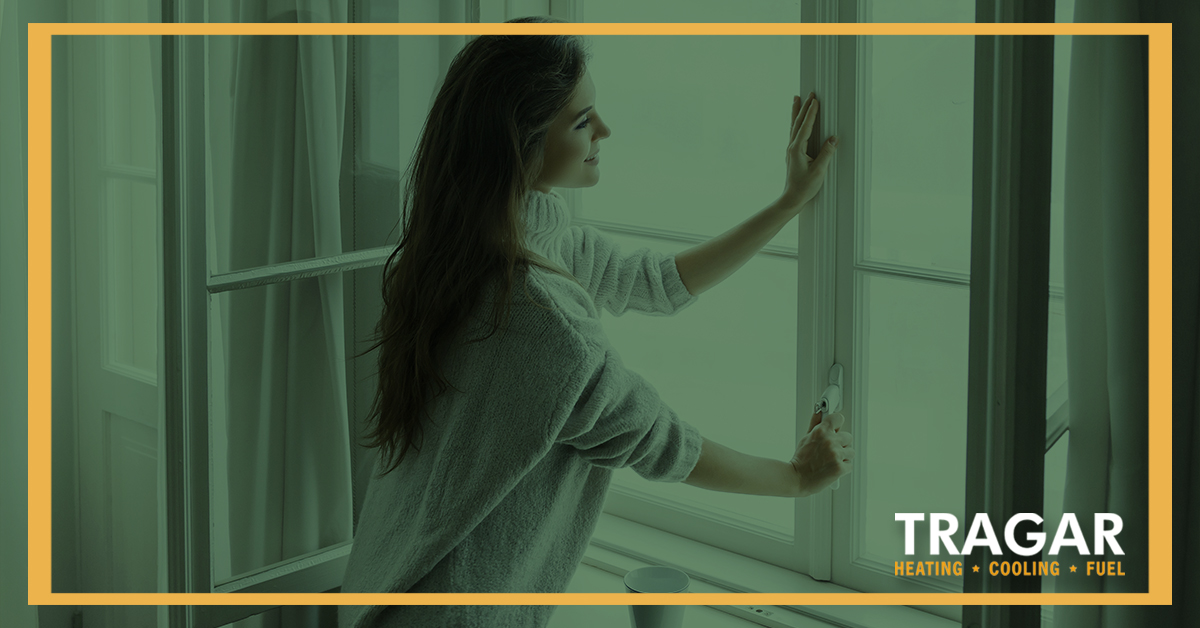 Winter humidity feels a lot different than summer humidity, but that doesn’t mean your house should be a sauna all winter long. Even without the sun’s warm rays, a house that is too humid can be prone to mold, fungus, and viruses… making your winter flu season last even longer.
Winter humidity feels a lot different than summer humidity, but that doesn’t mean your house should be a sauna all winter long. Even without the sun’s warm rays, a house that is too humid can be prone to mold, fungus, and viruses… making your winter flu season last even longer.
But if your home does not have enough humidity, you might be spending more than you need to on your heating bills. A home that is too dry in the winter can also lead to dry, cracking skin and lips, and a different set of bacteria and viruses.
What Is the Best Humidity Level for Winter?
According to Save on Energy, the best humidity levels for your home are somewhere between 40 and 60 percent. With humidity levels lower than that, it may feel colder than it actually is and with humidity levels too high, it can be steamy and sticky feeling.
Electricity provider APG&E puts it this way, “When the air is too dry, which often happens in winter, it can make the air feel cooler than it actually is. That’s because dry air leads to faster evaporation of moisture from your skin, making you feel colder. On the flip side, if your home is too humid, it can feel muggier and warmer than it really is.”
The right humidity level can make your home feel warmer, letting you lower the thermostat, save energy, and save money. It can also help keep your family healthy by making it harder for bacteria and viruses to thrive.
Of course, that leads to the question of how do I know what the humidity in my home is?
Sometimes there are obvious signs. If there is condensation on the inside of your windows when it’s cold outside, your humidity levels might be too high. Many air purifiers and other devices also have a humidistat, a device that determines the amount of moisture in the air.
How Can I Decrease Humidity Without a Dehumidifier?
The good news is there are a lot of inexpensive ways to reduce the humidity in your home in the winter without buying a dehumidifier. The simplest and cheapest is to open a door or window. When you let fresh air into the home, the air intermingles with the air being held inside by your insulation and weather proofing. As it is usually dry outside in the winter, that can help reduce the humidity.
But if you aren’t interested in letting that arctic blast inside, there are other options as well. Use a fan to circulate the air or use an exhaust fan in bathrooms and other areas where humidity builds up. To not only dehumidify but also clean indoor air, consider getting a few houseplants.
If you have a problem with moisture build-up in closets or other enclosed areas, consider desiccants or other products that absorb moisture like baking soda or charcoal. Just be sure to keep these things out of reach of children and pets… and change them frequently.
If the moisture in the house is too low, you can always try to increase the humidity.
How Can I Increase Humidity Without a Humidifier?
Some easy ways to increase humidity in your home are:
- Boil water on the stove.
- Take longer, warmer showers.
- Use your dryer.
- Improve weather stripping and window seals.
- Use the dishwasher or other appliances that increase humidity.
Clogged or dirty air filters can also increase the humidity in your home, though that is not a recommended solution. Additionally, a whole-house humidifier could be added to your heating system.
For energy questions, call the experts at Tragar
No matter what makes your home uncomfortable this winter, the experts at Tragar Home Services can find a solution. Call today for your free comfort consultation.

